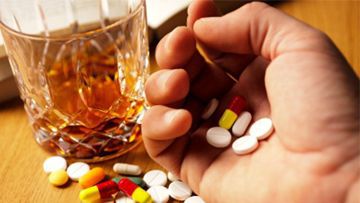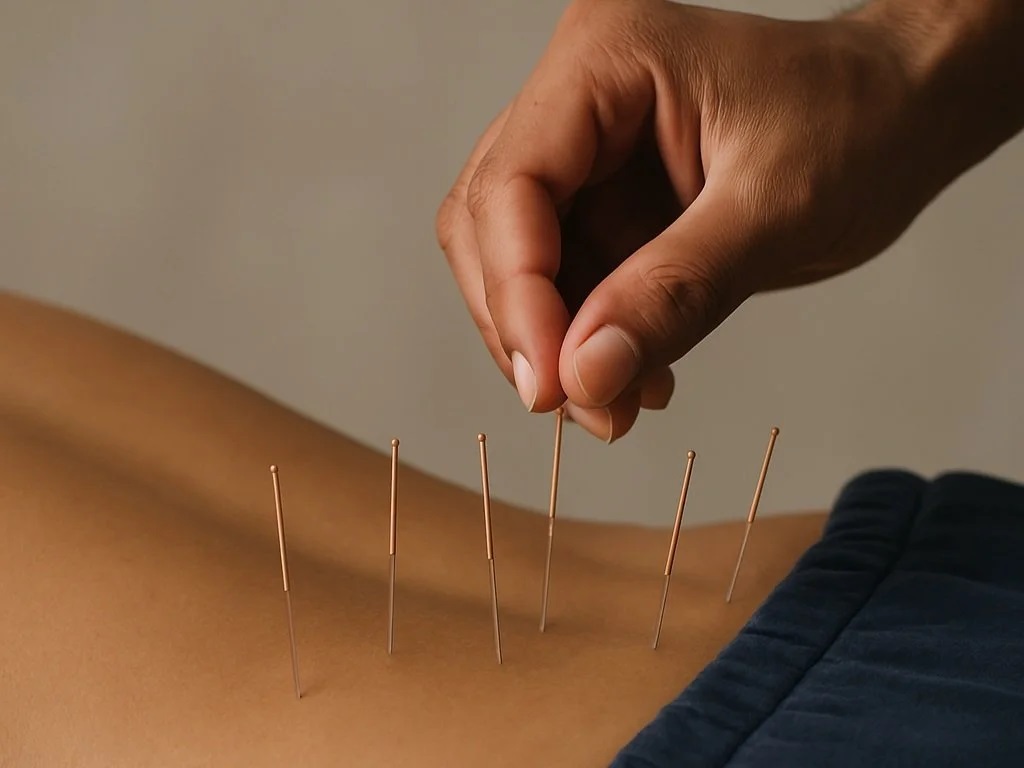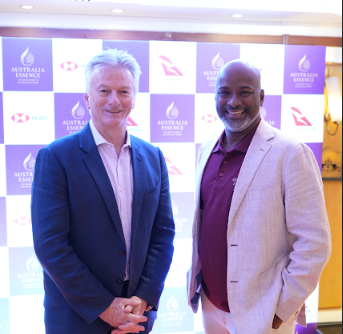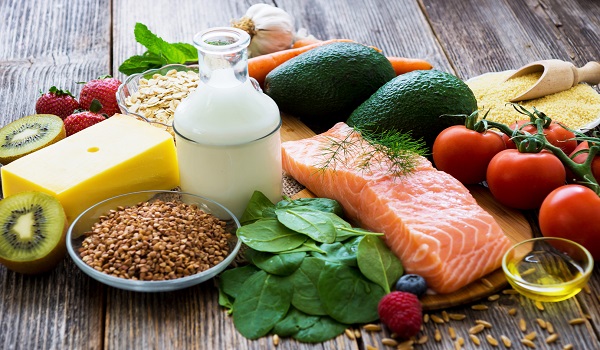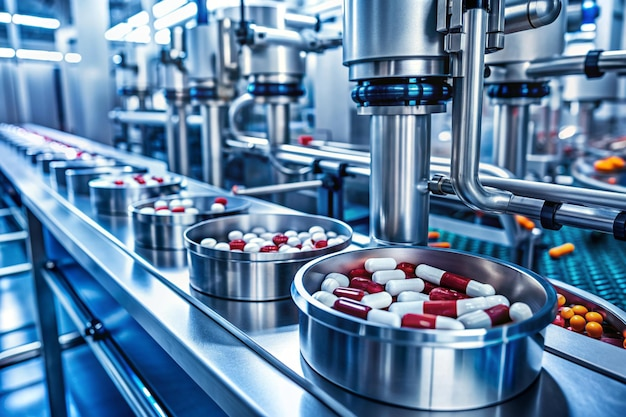
Indian pharma companies are moving away from merely supplying me-too versions of blockbuster drugs. Instead, these companies are increasingly leveraging the US FDA’s 505(b)(2) regulatory pathway to create differentiated, value-added generics effectively carving a new global niche, said Dr Hemgir Gosavi, senior manager & centre head – Merck Formulation and Technology Centre, Merck Life Sciences.
The 505(b)(2) applications empower Indian companies to develop branded generics and complex formulations. It offers the room for therapeutic improvements such as better delivery systems or reduced side effects. It is here Merck Formulation and Technology Centre in Mumbai is chipping its support with excipients that form major component of the drug allowing Indian pharma companies to differentiate the existing products without discovering a new molecule, he added.
This excipient-driven innovation is key to unlocking value-added generics, improving marketability and achieving regulatory exclusivity under 505(b)(2). The guidance given by Merck Formulation and Technology Centre, are for hot met extrusion, 3D printing and continuous manufacturing. Pharma companies are moving away from batch processes and opting for continuous manufacturing for small products with large requirement like for instance paracetamol and metformin. Companies want to reduce the testing time. Merck gives the support with that kind of materials which is suitable for continuous manufacturing. Merck has certain excipients where the companies will get reliable processes. From that perspective this lab is maintained to give Indian pharma the opportunity to collaborate with us, said Dr Gosavi.
“Our expertise lies in excipients which play a crucial role in differentiating generic drugs under the 505(b)(2) pathway. Innovations in excipient formulation can improve drug stability and shelf life, enhance bioavailability and patient compliance. Companies partner with us to develop specialized excipient combinations and novel delivery vehicles, enabling generics to have a make over to be not only therapeutically equivalent but also superior in patient convenience and performance. This excipient-driven innovation is key to unlocking value-added generics, improving marketability and achieving regulatory exclusivity under 505(b)(2),” Dr Gosavi told Pharmabiz at the sidelines of the Merck Formulation and Technology Centre visit for the press.
Also we are focused on water based coating systems, green energy, carbon neutrality for sustainable options. We provide all the assistance to design their coating formula and recommend to use more water than solvents. Therefore India pharma is extensively improvising generic drugs to global market niche via 505(b)(2) route to avoid duplication of studies of drugs, said Dr Gosavi.
Another expertise at Merck is the multi compendium initiative. With so many changes in regulations not just in India but globally, we see Indian pharma products doing well in the domestic market, but for the export arena they need to have a competitive edge.
Now Merck Formulation and Technology Centre is actively partnering with Indian pharmaceutical companies to help reformulate existing drug molecules by incorporating advanced multi-compendial excipients. With Merck’s expertise in excipient technology, Indian companies can modify old molecules with novel excipient combinations to create differentiated generics, particularly via the 505(b)(2) pathway. This not only adds value but also facilitates access to regulated markets by ensuring compliance with multiple pharmacopoeial standards of USP, EP, JP. This approach enables Indian pharma to enhance drug performance, improve stability, and meet diverse regulatory standards globally, said Dr Gosavi.
Source : Pharmabiz

